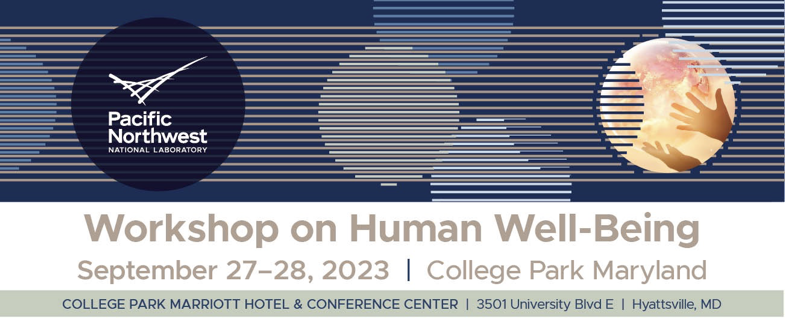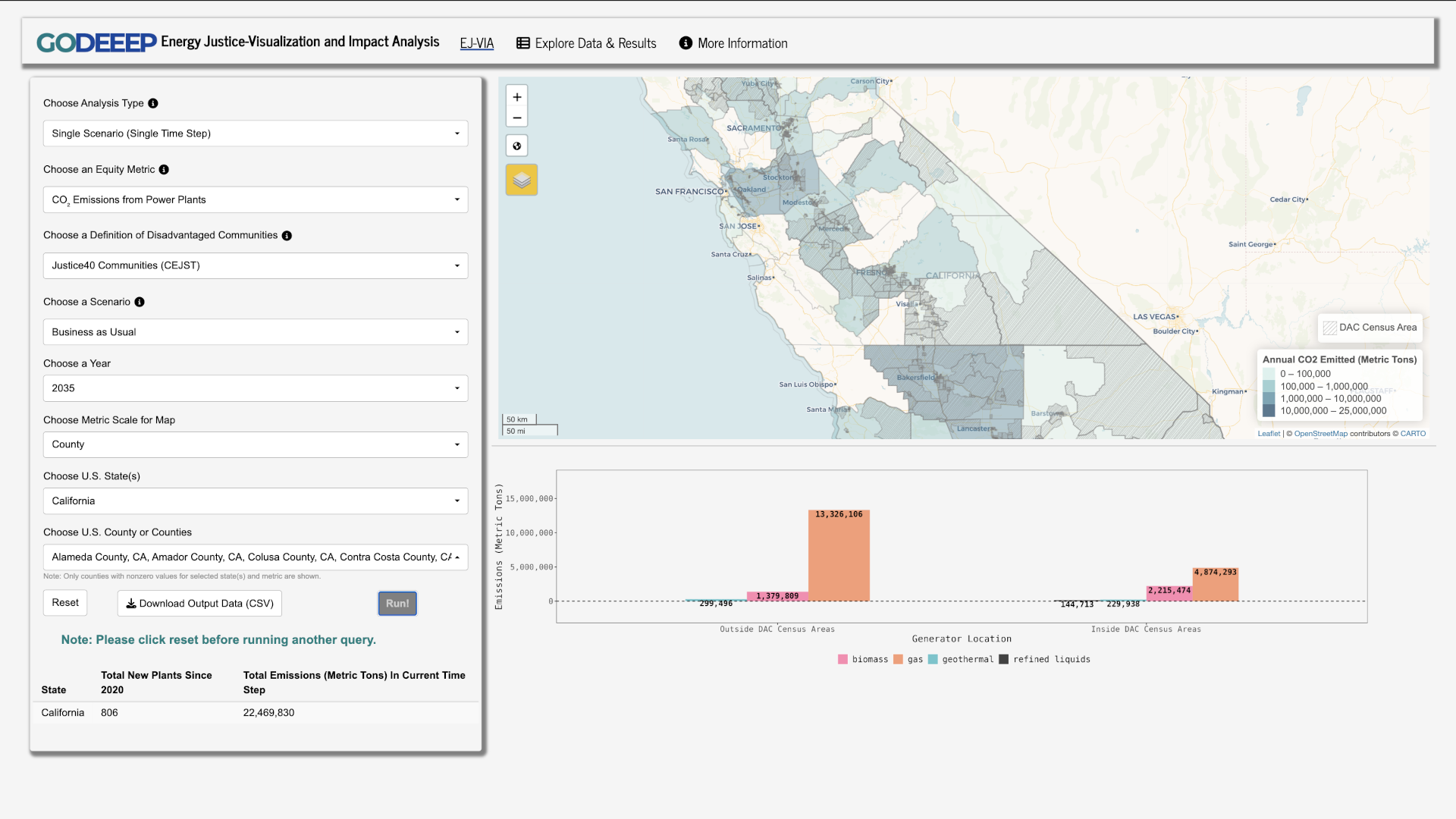Justice & Equity
Understanding the effects of decarbonization on human well-being and the implications for environmental justice and equity requires a framework and methods for analyzing multidimensional and multiscale feedbacks along with the evolution of socioeconomic and climate conditions.
GODEEEP’s approach takes advantage of the multidimensional and multiscale outputs from the GCAM-USA/GridView coupling and will telescope from the 50 states to the 14 states of the Western Interconnection to the census block scale in the state of Washington. The GODEEEP research analyzes different measures of human well-being at each scale.

Workshop on Human Wellbeing
Human well-being is an inherently multidimensional concept that refers to outcomes that constitute a "good life". Decision-makers increasingly have need for analysis of the ways in which human well-being outcomes are impacted by policy measures and changes to the climate, land, energy, water, and socioeconomic systems. This field of study is in its infancy, however, and multiple science gaps exist.
PNNL brought together researchers and decision-makers at an in-person workshop, held in College Park, MD, September 27-28, 2023, to facilitate open communication on the needs of decision-makers and state of the research. This report summarizes the key themes and recommendations that came out of this workshop.

GODEEEEP’s EJ-VIA dashboard. Available now!
GODEEEP’s Energy Justice-Visualization and Impact Analysis (EJ-VIA) tool is a geospatial model that analyzes EJ impacts both within and outside DAC communities for energy system planning and operations.
EJ-VIA is designed to receive input from any capacity expansion planning or production cost model simulation (in a specified format). It has a flexible scale for evaluating impacts, including county, balancing authority, and state.
Current EJ-VIA metrics include power plant emissions (CO2, SOx, NOx, and PM2.5) and power plant locations (new, operational, and retired).

Satiation gap on heating service 2045, Deciles 1 and 5

Net Zero-no CCS impact on heating satiation gap relative to reference 2045, Deciles 1 and 5 Left: Decile 1; Right: Decile 5; Top: Reference; Bottom: Reference – Net Zero w/o CCS
GODEEEP’s state-level energy security analysis is conducted using the Global Change Analysis Model, with the USA region disaggregated to 50 states plus the District of Columbia (GCAM-USA). The GODEEEP version of GCAM-USA further disaggregates residential energy demand in each state into 10 income groups, enabling exploration of the impacts of decarbonization policies and climate change on different consumer groups.
These GCAM-USA outputs are used to develop several metrics of residential energy security: residential energy consumption by service type (e.g., heating, cooling), total energy expenditures as a share of income, and the satiation gap (difference between actual consumption and the satiation level).



